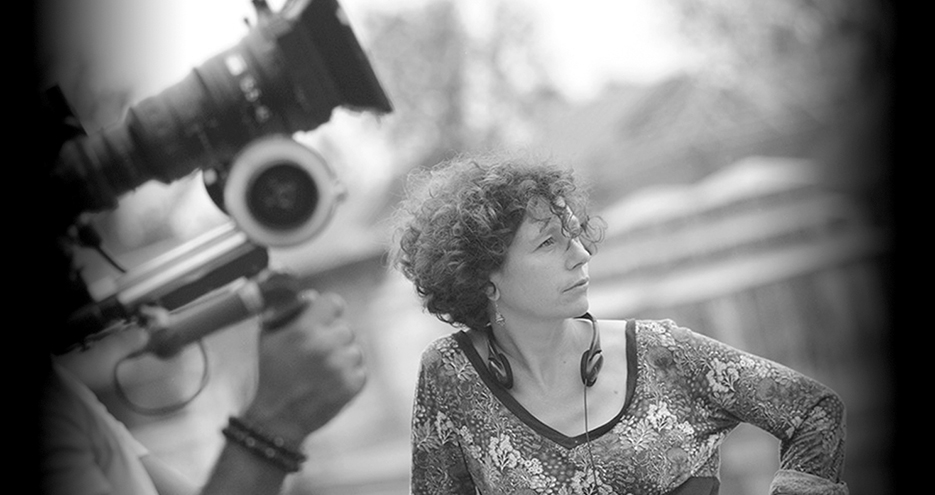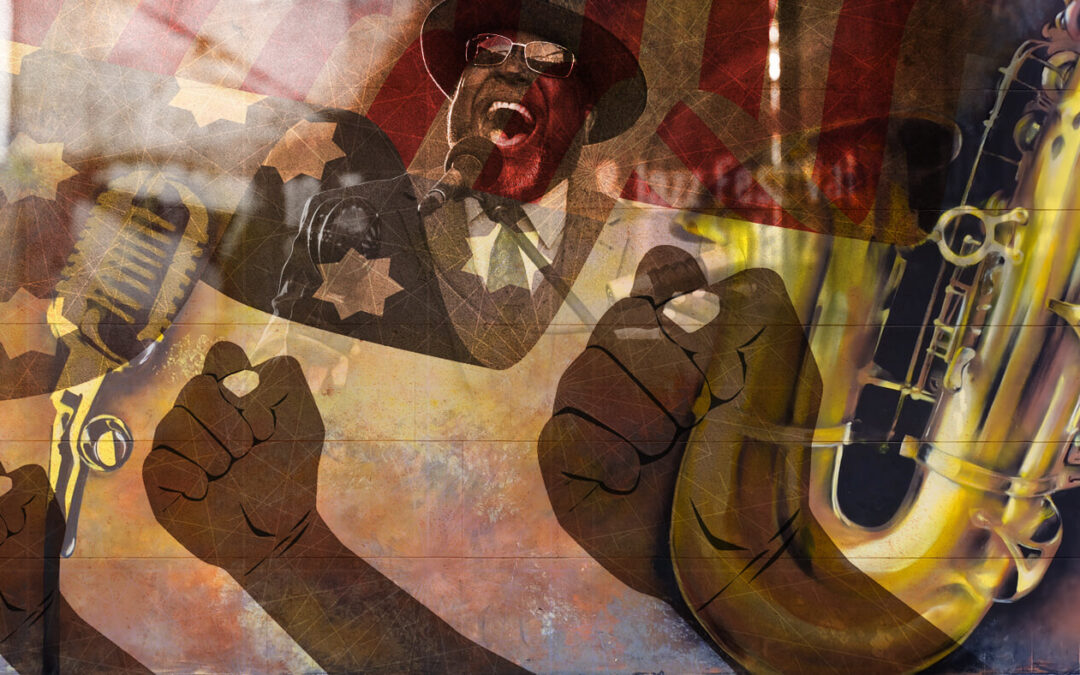
by bartmann | Apr 4, 2024
Since the end of the Cold War the US has been widely viewed as an imperial power–one having a truly global level of influence with no peer. Instead of colonies the US has hundreds of military bases throughout the world. The “imperial”...

by bartmann | Apr 4, 2024
This class examines some of the award-winning films of the Spanish filmmaker Iciar Bollaín, who is among those who began their careers in the mid-1990s. Their work appears against the backdrop of the huge shadow cast by two important and very different sets of...

by bartmann | Apr 4, 2024
This course explores why the adage “it is in my DNA” is so true. Our experiences change our very DNA and affect how we react and behave, so that small differences we never noticed make one person at high risk for disease, another not. We will also discuss how...

by bartmann | Apr 4, 2024
In life we search for God, spirituality, meaning, or identity. In medieval Italian literature Dante did this best in his Divina Commedia. In medieval German literature Wolfram von Eschenbach’s Parzival did the same. This course examines his monumental Grail romance...

by bartmann | Apr 4, 2024
We will step back from the relentless polls and punditry to reflect on the historic challenges of the upcoming elections. Our politics have gone viral as we have entered a postfactual era in which liberal democracy has been reduced to a partisan punchline. We will...

by bartmann | Apr 4, 2024
Please Note: Summer 2020 Course Registration Opens Online on Monday, May 11th at 8AM Aristotle described the human species as a “social animal,” and that designation is perhaps more relevant than ever today. As people face “stay-at-home” orders due to COVID-19,...

by bartmann | Apr 4, 2024
Please Note: Summer 2020 Course Registration Opens Online on Monday, May 11th at 8AM Forests represent the predominant ecosystems of the Earth’s land area. They are a critical element in many processes that affect the environment, human society, and our global...

by bartmann | Apr 4, 2024
Please Note: Summer 2020 Course Registration Opens Online on Monday, May 11th at 8AM Leonardo continues to fascinate and provoke, his myriad activities still studied by experts in a wide variety of fields. New discoveries are continually being made about his...

by bartmann | Apr 4, 2024
Please Note: Summer 2020 Course Registration Opens Online on Monday, May 11th at 8AM This seminar will study the text of Joyce’s Ulysses, one of the most technically accomplished novels. Style will therefore be an important focus. Each chapter alludes to a...

by bartmann | Apr 4, 2024
NEW! HSP Deep Dive Seminar The social, economic, religious, and political instability of the Renaissance informed some of the most brilliantly anxious literature in the history of England. As some authors strained to construct coherent identities, hierarchies, and...

by bartmann | Apr 4, 2024
Please Note: Summer 2020 Course Registration Opens Online on Monday, May 11th at 8AM This course explores the relationship between language and identity–how individual and group identities interact with language use. Language can show belonging/not belonging to...

by bartmann | Apr 4, 2024
Please Note: Summer 2020 Course Registration Opens Online on Monday, May 11th at 8AM This class deals with the climax of Dante’s Divine Comedy. While Inferno depicts sin and evil, and Purgatorio portrays redemption, Paradiso illustrates the possibility of...

by bartmann | Apr 4, 2024
Please Note: Summer 2020 Course Registration Opens Online on Monday, May 11th at 8AM The Christian religion is inextricably bound up with contemporary culture not only in America but also around the globe. Yet, even after centuries of scholarly inquiry, numerous...

by bartmann | Apr 4, 2024
Please Note: Summer 2020 Course Registration Opens Online on Monday, May 11th at 8AM Rhythm and blues music emerged as a genre in the late 1940s, coinciding with the rise of multiple civil rights movements in the United States. This course explores culture and...

by bartmann | Apr 4, 2024
This course was originally scheduled for Spring 2020 but was postponed due to COVID-19 Have you ever watched in wonder at our gorgeous earth, sea, and sky interacting to provide us with the air we breathe, water we drink, and food we eat? Come hear UA professors of...

by bartmann | Apr 4, 2024
THIS COURSE WAS ORIGINALLY SCHEDULED IN THE SPRING BUT WAS POSTPONED TO SUMMER 2021 In 399 BCE Socrates was tried in Athens, the first trial in Western history to indict, convict, and condemn to death someone for impiety. In Plato’s Apology Socrates says that the...

by bartmann | Apr 4, 2024
Plants represent an important and extraordinarily diverse group of organisms. Photosynthesis in plants and algae contributes the energy supporting life in nearly all of the Earth’s ecosystems. Oxygen, produced by photosynthesis, has also radically changed the...

by bartmann | Apr 4, 2024
The Christian religion is inextricably bound up with contemporary culture not only in America but also around the globe. Yet, even after centuries of scholarly inquiry, numerous questions regarding its historical origins remain contested and unanswered. The Christian...

by bartmann | Apr 4, 2024
One of the most influential photographers of his generation, Ansel Adams is famous for his dramatic photographs of the American West. This course focuses on his early career and largely unknown early work. It will demonstrate how these early photographs are crucial to...

by bartmann | Apr 4, 2024
A lyric poem is a relatively short statement in verse, usually in the first person, and deals with emotionally charged subject matter, such as unrequited love, personal loss, celebration, or even philosophical meditation. This seminar will address itself to lyric...





















